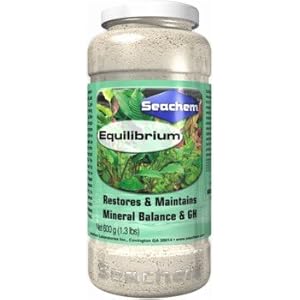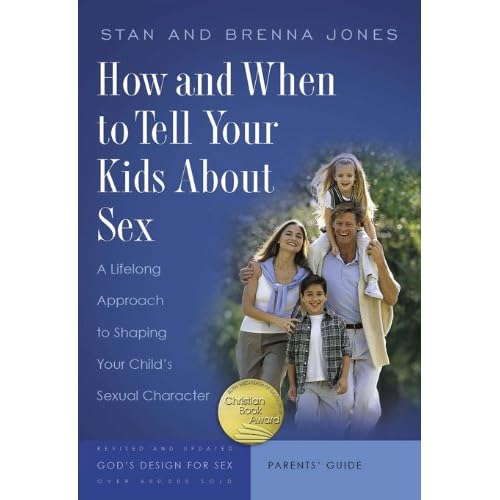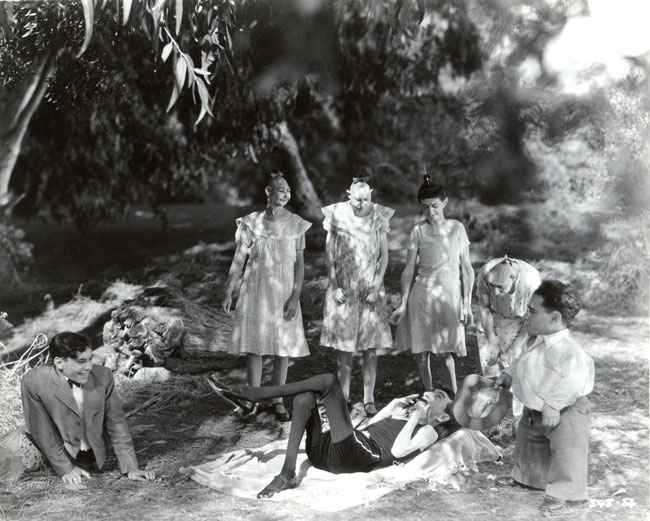I have this quirk -- if I can't eat it, I don't want to absorb it into my body through my skin. This makes me leery of most insect repellents and well, skin products in general. Maybe that's just me, but I already said it was a quirk. The mosquitoes and ticks this year are truly frightening, though, so I absolutely need something to keep them off.
 |
| My inspiration for today's post |
In the past, I've tried gimmicks like tying a sheet of Bounce fabric softener to my belt loop. That was ineffective to say the least. I've mixed insect-repelling essential oils with a carrier oil or alcohol and sprayed that on. That worked, but the essential oils evaporated too quickly, requiring constant reapplication. I've even tried Eau de Listerine before leaving the house. That actually worked pretty well, but my kids complained about the menthol stinging.
As for commercially available natural products, I like Badger Anti-Bug Balm, but I'm not so crazy about paying nearly $10 for 2 oz. In our house, it's gone almost overnight.
Today, I made up my own insect repellent based on the ingredients in Badger Anti-Bug Balm, which are basically citronella oil (5.0%), cedar oil (2.0%), lemongrass oil (2.0%), rosemary oil (1.0%), & geranium oil (1.0%) suspended in a base of olive oil, castor oil and beeswax.
Here is my recipe:
- 6 Tbsp of a carrier oil (e.g., soybean oil, grapeseed oil, olive oil, canola oil... it's up to you)
- 2 Tbsp castor oil (in addition to being super moisturizing, it repels mosquitoes)
- Approximately 1/2 oz cosmetic grade beeswax
- Anywhere from 40 to 100 drops essential oils of your choice.1 I used about 80 drops (total) of the following:
- Lemongrass (mosquitoes, fleas, ticks)
- Citronella (mosquitoes, flies)
- Lemon eucalyptus / eucalyptus (mosquitoes, ticks, lice)
- Rosemary (fleas, ticks, flies)
- Cedarwood (fleas, lice)
- Rose geranium (ticks, lice)
- Orange (fleas)
Put the carrier oil, castor oil, and beeswax in a microwave-safe bowl. Nuke it for 30 seconds at a time, stirring in between, until the wax is melted. Add your essential oils to the oil/wax mixture. Whisk the mixture until it's creamy. Transfer cream to a container of your choice.
Whereas Badger's is a solid, my version is a cream. You could try making it more solid, though -- maybe by not whisking and possibly using a little more beeswax.
In any case, if you try this, I'd love to hear how it works out for you!
Notes:
What I liked about this cream: I thought I smelled like a citronella candle, but my boys LOVED the fragrance and happily rubbed it all over, including faces. (No stinging!)
It really kept the bugs off of us. As a test, I wore it for about 4 hours while I was idling around the house and garden this morning. Not a single bite. I reapplied before the kids and I went for a midday mountain hike. In direct sunlight, sweating profusely, and packed like a burro with baby, water, and snacks, (charming image, no?), it lasted about 1 1/2 hours before it began to wear off. Even so, I still got only one or two bites, even though the mosquitoes were
swarming.
An unexpected but welcome benefit was that it worked wonders on my skin. My elbows and knees have never been so soft. I'm thinking of making this again with different essential oils for a hand/foot cream.
Oh -- and did I mention that it's 100% edible? I wouldn't want to eat it, but I could.
What I didn't like about this cream: Overall, I thought the cream was a little on the greasy side and took a few minutes to absorb. However, I used olive oil as the carrier, which is kind of heavy. Castor oil is super thick, too. Next time, I'll try a lighter carrier, like grapeseed oil. I might also increase the carrier oil by 1 Tbsp and decrease the castor oil by 1 Tbsp. I wonder what less beeswax might do, too. Ah well, the summer is long yet, so I'm sure I'll have lots of opportunity for experimentation.
I wish the effectiveness of the repellent lasted longer, but given that I really can't hike much longer than 90 minutes with a toddler on my back, I guess that's long enough. Besides, I can always carry a small bottle for reapplication.
_________________________________________
1Essential oils are extremely concentrated. Used in a concentrated form, they can produce adverse reactions, which is why one should always dilute them with a carrier oil or alcohol before use. However, in order to be effective, I would recommend making this cream 5% - 10% essential oil; this is about 10-25 drops EO for every 2 Tbsp carrier oil. (Badger Balm is 11% EO, mine was about 8% EO.) If you're using this cream on an infant (or on someone with certain medical conditions), you might consider sticking to the lower end of the range given for this recipe.
Also, if you have any medical conditions, I would recommend checking to make sure that an essential oil will not adversely affect your health before you use it. For your convenience, I found a
site that contains some warning information; however, you might want to do your own research.
Finally, if the essential oils I listed don't work for you, you could do some research on other oils that might. For instance, lavender, sage, thyme and others also repel various insects. The list on this page is simply what I used.
 As I've been thinking about presents, I've realized that over the last few years, I've been blessed in so many ways. In fact, this Christmas marks the end of my second year as a stay-at-home mom. This is something that I always dreamed about since the birth of my first child, but I never thought I'd be able to do.
As I've been thinking about presents, I've realized that over the last few years, I've been blessed in so many ways. In fact, this Christmas marks the end of my second year as a stay-at-home mom. This is something that I always dreamed about since the birth of my first child, but I never thought I'd be able to do. I may not get to writing another post between now and the 25th, so I wish you and yours the very merriest of Christmases. Peace on Earth & good will to all men.
I may not get to writing another post between now and the 25th, so I wish you and yours the very merriest of Christmases. Peace on Earth & good will to all men. I may not get to writing another post between now and the 25th, so I wish you and yours the very merriest of Christmases. Peace on Earth & good will to all men.
I may not get to writing another post between now and the 25th, so I wish you and yours the very merriest of Christmases. Peace on Earth & good will to all men.


























